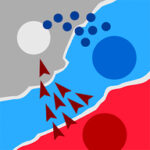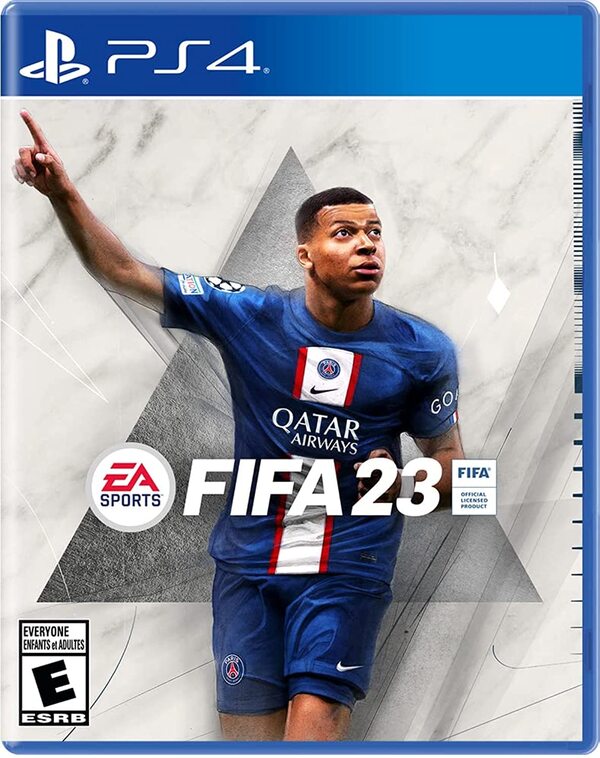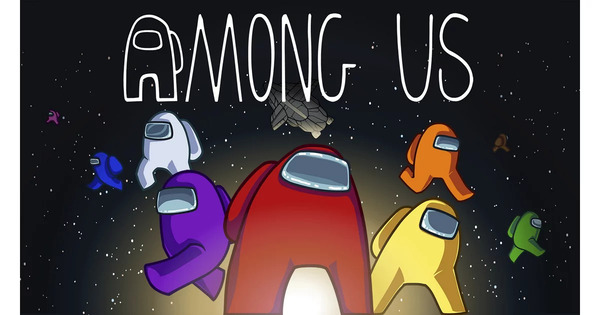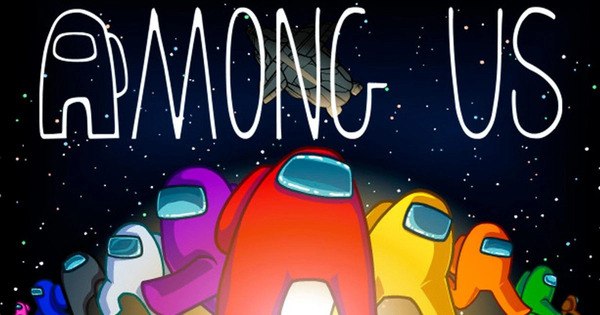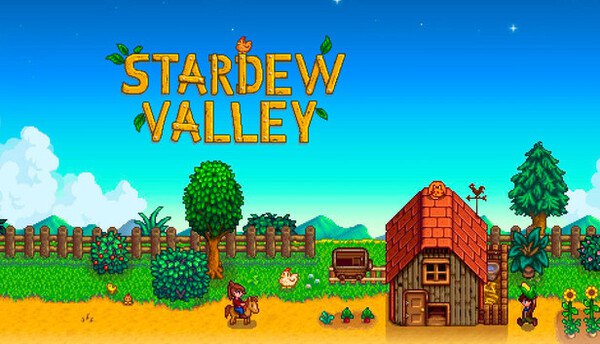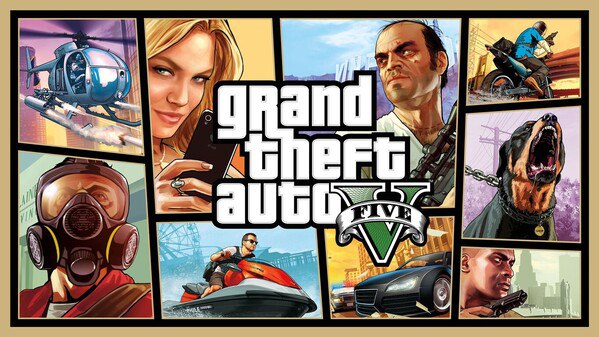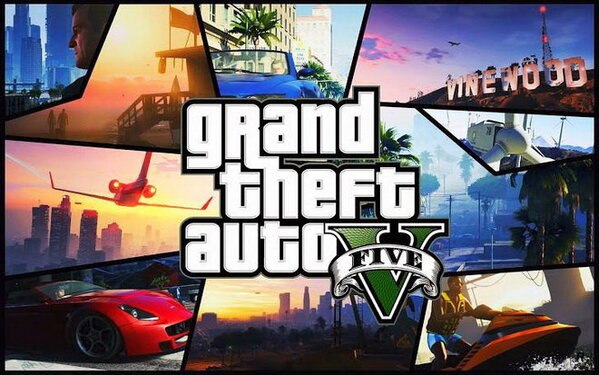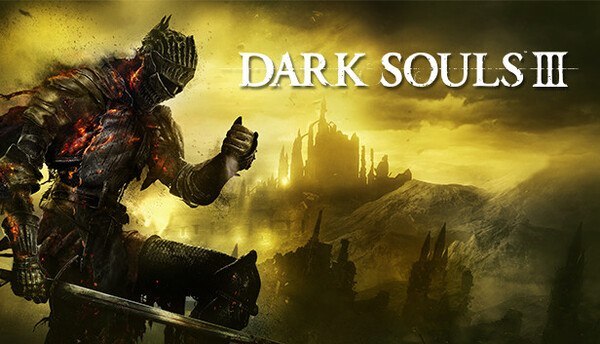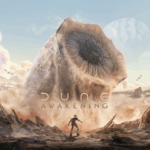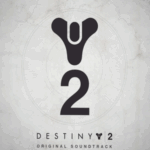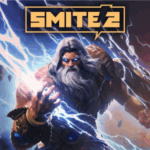Garena Free Fire: Kalahari is one of the most iconic maps introduced in the Free Fire universe, designed to push the boundaries of traditional battle royale gameplay. While Free Fire had already become a mobile gaming phenomenon due to its accessible design, fast-paced matches, and unique character system, the addition of the Kalahari map in 2020 elevated the game’s strategic depth and environmental storytelling. Unlike other typical green or urban maps, Kalahari plunges players into a sun-scorched desert filled with canyons, dunes, bunkers, and abandoned installations, creating an intense survival setting where every second matters.
The release of Kalahari wasn’t just about a new playground—it represented Garena’s commitment to offering players fresh experiences and tactical diversity. With vertical terrain, limited cover, and unique hotspots, Kalahari became a favorite for veterans who craved unpredictability and close-quarters chaos. As mobile gaming continued to dominate global markets, especially in Asia and Latin America, Free Fire and its Kalahari battleground played a crucial role in shaping what competitive mobile battle royale could be.
1. The Rise of Free Fire and the Kalahari Expansion
Garena Free Fire was launched in 2017 as a survival shooter game optimized for lower-end smartphones. It quickly gained popularity across regions with limited access to high-end devices or reliable internet connections. Offering 10-minute matches with 50 players, Free Fire prioritized quick action and wide accessibility. By 2020, it had surpassed over 500 million downloads.
The Kalahari map was officially introduced in early 2020, first appearing as a limited-time feature and then becoming a permanent fixture due to overwhelming community support. Compared to Bermuda and Purgatory, Kalahari offered a striking departure with its dry, vertical, and harsh terrain.
2. Thematic Design and Environmental Storytelling
Kalahari is not just a desert map—it’s a post-apocalyptic war zone set against a decaying, arid backdrop. Players drop into a massive landscape filled with crumbling military structures, shipwrecks stranded in the sand, and research facilities overtaken by time. This visual direction added depth and narrative weight to the map, sparking fan theories about Free Fire’s in-game lore.
From a design perspective, Kalahari’s open areas challenge players to think differently. Tall rocks, cliffs, and narrow gorges create both opportunity and danger. While you can spot enemies from afar, you’re also exposed to long-range fire unless you’re skilled in positioning and use the landscape intelligently.
3. Key Landmarks and High-Risk Zones
Several high-profile zones define the tactical play in Kalahari. The Command Post is a large, multi-tiered military base that attracts heavy traffic at the beginning of matches. It is rich in loot but requires quick reactions and sharp awareness due to its complex layout.
The Submarine and the Refinery are other critical areas. The Submarine is a grounded warship buried in sand dunes, offering tight corridors and sniper vantage points. The Refinery is a fan-favorite hotspot known for verticality and chaotic early battles. Players must decide whether to chase high-tier loot or play it safe in less crowded zones like Stone Ridge or the Maze.
4. Vertical Combat and Strategic Depth
One of Kalahari’s defining traits is verticality. Unlike the flatter terrain of Bermuda, Kalahari forces players to think in three dimensions. Cliffs, ladders, and high platforms are everywhere. Controlling high ground gives a major advantage, especially when using long-range weapons like snipers or marksman rifles.
However, being above also makes you a target. Players below often flank from blind spots or use grenades and utilities to force opponents out. Smart positioning, rotation, and awareness of elevation changes are crucial for mastering this map.
5. Weapons, Loadouts, and Drop Dynamics
Kalahari encourages a versatile loadout strategy. Due to long sightlines and open spaces, sniper rifles such as the Kar98k or M82B are highly effective. However, the frequent tight corners in bunkers and ships make SMGs and shotguns essential for close-range encounters.
Supply drops and loot crates are often placed in exposed zones, making them high-risk objectives. Airdrops containing Gloo Walls, Medkits, and Level 3 gear become conflict magnets, especially in the shrinking late-game circles near hot zones like the Council Hall or Confinement.
6. Character Synergy and Tactical Abilities
Free Fire’s unique character system shines in Kalahari. Choosing characters that complement the map’s challenges is vital. For instance, characters like Alok and K can heal or regenerate EP quickly, helping in prolonged engagements. Laura and Moco provide long-range utility for spotting and marking targets, while characters with faster sprint or climbing abilities like Kelly and Clu are ideal for moving through rugged terrain.
Team synergy becomes even more important in Kalahari. In squad matches, coordinating character abilities to hold elevated zones or control narrow passages makes the difference between victory and defeat.
7. Ranked Play and Competitive Scene
Kalahari is part of Free Fire’s ranked rotation and has been used in major esports tournaments. Pro players adapt their drop strategies and rotations specifically for this map. Due to the complex terrain, Kalahari rewards teams with strong communication, quick decision-making, and map control.
In competitive settings, controlling key zones like Refinery or holding the central high grounds during zone closures can decide matches. Teams must balance aggression with smart looting and positioning to climb the ranks efficiently.
8. Visual Aesthetics and Mobile Optimization
Kalahari is graphically more detailed and color-graded than earlier maps. Its golden-brown palette contrasts sharply with Bermuda’s tropical green or Purgatory’s mountainous blue, helping it stand out visually. Dust particles, heat haze, and wind-blown sand contribute to its immersive environment.
Despite its complexity, the map is well-optimized for mobile devices. Even mid-tier phones can handle the map smoothly, with adjustable graphics settings available to maintain frame rate and clarity during intense firefights.
9. Community Feedback and Map Evolution
Garena has been responsive to community feedback about Kalahari. Updates have included slight changes in loot density, spawn points, and map balance. Certain locations have been reworked to reduce camping advantages or increase rotational options.
While some casual players find Kalahari harder to master due to its terrain, seasoned players and pros love the challenge. The introduction of newer maps hasn’t diminished Kalahari’s place in the rotation—it remains a fan favorite in ranked and custom lobbies alike.
10. The Future of Kalahari and Free Fire Innovation
Kalahari set a new bar for what mobile battle royale maps could offer. As Free Fire continues to grow with spin-offs, collaborations, and global esports investment, Kalahari remains central to the game’s identity. Whether in creative map versions, story-driven events, or themed skins and emotes, Kalahari’s desert legacy endures.
Future updates may bring dynamic weather, map interactivity, or even a story-driven evolution of the Kalahari zone. With Garena’s consistent content rollouts and tech improvements, the map is likely to evolve further without losing its strategic charm.
Conclusion: Kalahari – The Heart of Tactical Free Fire Excellence
Garena Free Fire: Kalahari is not just a map—it is a masterclass in mobile game design. It transforms familiar battle royale mechanics into a unique, tactical experience full of danger, opportunity, and decision-making. The open terrain demands situational awareness, while vertical gameplay rewards clever positioning and accurate shooting.
For competitive players, Kalahari offers one of the richest battlegrounds in the Free Fire universe. For casual gamers, it delivers thrilling matches, stunning visuals, and stories worth sharing. Its balance of chaos and control makes every match a test of skill and adaptation.
Final Overall Rating: 4.7 out of 5
Garena Free Fire: Kalahari proves that with thoughtful design and bold creativity, a mobile map can rival the excitement of any console-level shooter. It’s not just part of Free Fire—it is part of its identity.
















